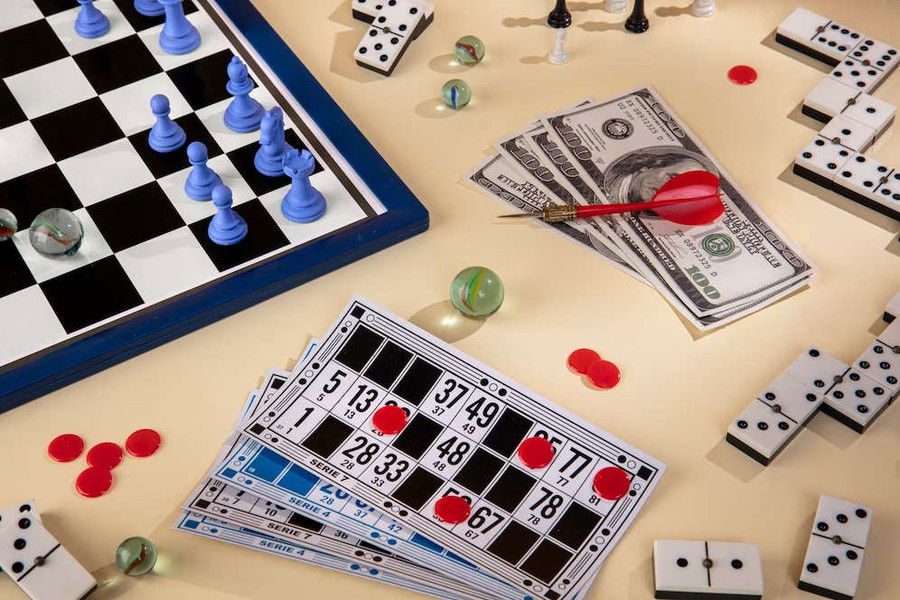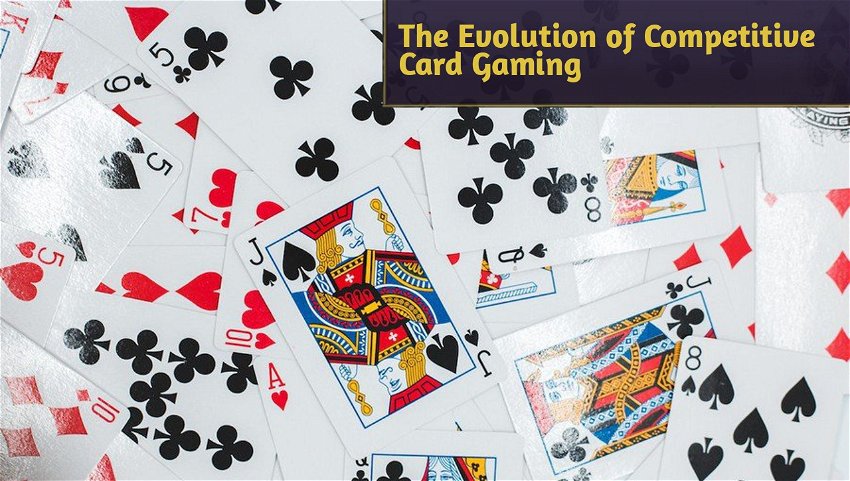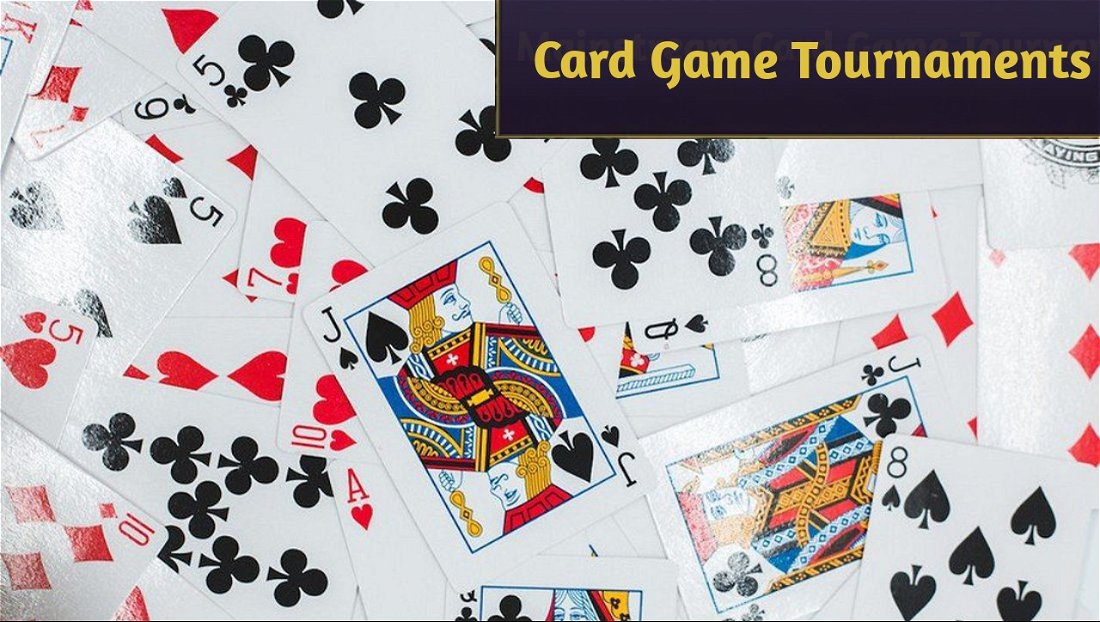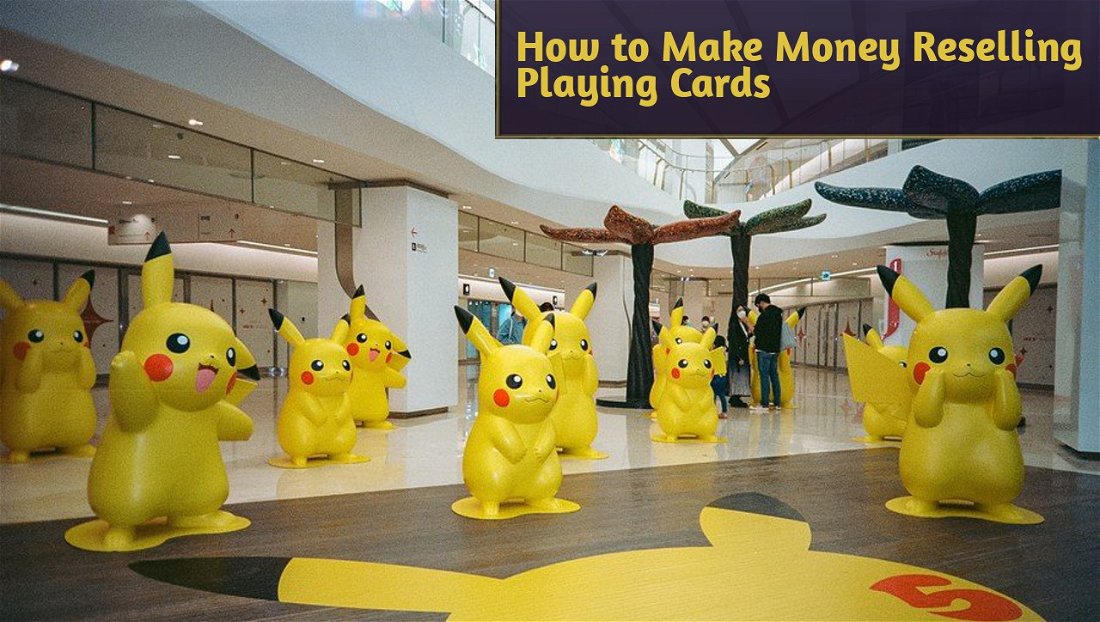From the days when families and friends used to gather in living rooms for a casual game of cards to the era of global online tournaments, competitive card gaming has evolved dramatically. Today, card games are not just a pastime; they are a multi-million dollar industry, with professional players, dedicated fans, and lucrative sponsorships.

The Humble Beginnings
In the beginning, card games were mainly a form of entertainment and relaxation. Individuals played them to pass time, strengthen bonds with friends and family, and to showcase their strategic thinking. Time-honored games such as Poker, Bridge, and Solitaire have existed for hundreds of years and have always enjoyed widespread popularity. However, the notion of organized, competitive card gaming did not gain traction until the latter part of the 20th century.
The 1990s marked a turning point in the world of card gaming with the advent of collectible card games (CCGs) like Magic: The Gathering. Players would buy packs of cards, each with unique abilities, and then assemble their decks to compete against others. This added a layer of strategy and skill absent in traditional card games and quickly captivated enthusiasts. Local tournaments started to emerge, laying the foundation for the professional card gaming scene.
Key developments from this era included:
• Introduction of Collectible Card Games (CCGs): Magic: The Gathering was one of the first CCGs that required players to purchase packs of cards and build their decks for competition. This brought a new level of strategy and skill to card games.
• Emergence of Local Tournaments: As the popularity of CCGs grew, local tournaments began to surface, paving the way for professional card gaming.
• Beginning of Professional Card Gaming: The growth of local tournaments and the strategic depth of CCGs started to shape the concept of professional card gaming.
The Rise of Digital Card Games
With the advent of the internet and advancements in technology, card games began to migrate online. This allowed players from all over the world to compete against each other without having to be in the same physical location. Online platforms also made it easier to organize tournaments and keep track of players' rankings. Websites like the BetWinner site even allow people to place bets on various game tournaments, adding another layer of excitement to the competitive scene.
Digital card games started to gain traction in the early 2000s, with titles like Hearthstone and Gwent becoming incredibly popular. These games took the concept of CCGs and adapted them for the online environment. Players could now collect virtual cards, build their decks, and compete against others from the comfort of their homes.
The rise of digital card games also led to the creation of professional leagues and tournaments. Companies like Blizzard Entertainment and CD Projekt Red started organizing official competitions, complete with cash prizes and sponsorships. This attracted more players to the competitive scene and helped to legitimize card gaming as a professional sport.

The Global Phenomenon
Today, competitive card gaming is a global phenomenon. There are tournaments held all over the world, with thousands of participants and millions of viewers. The biggest events, like the Magic: The Gathering World Championship or the Hearthstone World Championship, are broadcasted live and attract a significant amount of media attention.
Here are some key factors that have contributed to the global popularity of competitive card gaming:
• Accessibility: Digital card games can be played on various devices, including computers, tablets, and smartphones. This makes it easy for people to get started and participate in tournaments from anywhere in the world.
• Affordability: While some physical card games can be quite expensive, digital card games are often free to play, with optional in-game purchases. This lowers the barrier to entry and allows more people to participate in the competitive scene.
• Community: The online card gaming community is incredibly supportive and welcoming. Players can join online forums, participate in social media groups, and watch live streams of professional players to learn and improve their skills.
• Spectator Appeal: Competitive card gaming is not only fun to play, but it is also entertaining to watch. The strategic decisions, unexpected outcomes, and high-stakes nature of tournaments make for exciting viewing, which attracts a large audience both online and offline.
The Future of Competitive Card Gaming
The future of competitive card gaming looks bright. With advancements in technology, we can expect to see even more innovative and engaging games being developed. Virtual reality (VR) and augmented reality (AR) are two areas that have the potential to revolutionize the way we play card games. Imagine being able to step inside a virtual arena and play a card game with someone on the other side of the world!
Additionally, the continued growth of eSports and online streaming platforms like Twitch will help to bring more attention and sponsorship deals to the competitive card gaming scene. This will lead to bigger prize pools, more professional players, and even more fans.
In conclusion, competitive card gaming has come a long way from its humble beginnings. It has evolved from casual living room battles to a global phenomenon, with professional players, dedicated fans, and lucrative sponsorships. With advancements in technology and the continued growth of the eSports industry, the future of competitive card gaming looks brighter than ever.
To learn more about the history and development of card games, visit this Wikipedia page.

FAQ
1. What is competitive card gaming?
Competitive card gaming involves players competing against each other in card games, either online or offline, often in organized tournaments with prizes and rankings.
2. How did competitive card gaming evolve?
Competitive card gaming evolved from casual living room battles to organized local tournaments with the introduction of collectible card games like Magic: The Gathering in the 1990s. The advent of the internet and digital card games in the early 2000s further popularized competitive card gaming, making it accessible and affordable to a global audience.
3. What are some popular digital card games?
Some popular digital card games include Hearthstone, Gwent, and Magic: The Gathering Arena.
4. How can I get started with competitive card gaming?
To get started with competitive card gaming, you can start by playing digital card games online, joining online forums or social media groups related to card gaming, and watching live streams of professional players to learn and improve your skills. Participating in online or local tournaments is also a great way to get started.
5. Are there professional card gaming leagues and tournaments?
Yes, there are professional card gaming leagues and tournaments organized by companies like Blizzard Entertainment and CD Projekt Red. These events often feature cash prizes and sponsorships and attract top players from around the world.










— 评论 0
, 反应 1
成为第一个发表评论的人